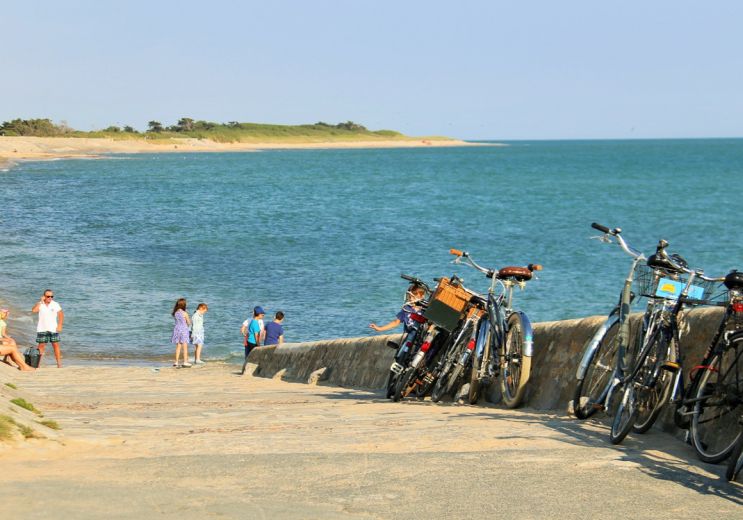The 10 must-sees in Ars en Ré, one of the “Most Beautiful Villages in France” in Charente Maritime
The 10 must-sees in Ars en Ré, one of the “Most Beautiful Villages in France” in Charente Maritime
Ars-en-Ré
Rest and relaxation

Ars-en-Ré
Rest and relaxation

Ars-en-Ré
Rest and relaxation

Ars-en-Ré
Food Lovers

Ars-en-Ré
Culture and Heritage

Ars-en-Ré
Food Lovers

Ars-en-Ré is a true jewel of Charente-Maritime. The village is classified among the “ Most Beautiful Villages of ...
59 m - Ars-en-Ré

To the south of the village, it is a pleasant beach which is only swimmable at high tide, because low tide reveals a ...
926 m - Ars-en-Ré

The Lilleau des Niges National Nature Reserve is a jewel of biodiversity located at the northwest tip of the Île de ...
2,6 km - Les Portes-en-Ré

La Ferme des Baleines opens the doors of aquaculture to the general public. While adults enjoy discovering ...
3,7 km - Saint-Clément-des-Baleines

At the end of the Ile de Ré, it is made famous by Charles Aznavour, it is a wild beach that has a lot of character. ...
4,1 km - Les Portes-en-Ré

3,8 km - Les Portes-en-Ré
Walking Velo hybrid Mountain bike

3,8 km - Les Portes-en-Ré
Walking Velo hybrid Mountain bike

3,8 km - Les Portes-en-Ré
Walking Mountain bike

15,4 km - La Flotte
Walking

27,3 km - Saint-Georges-d'Oléron
Walking